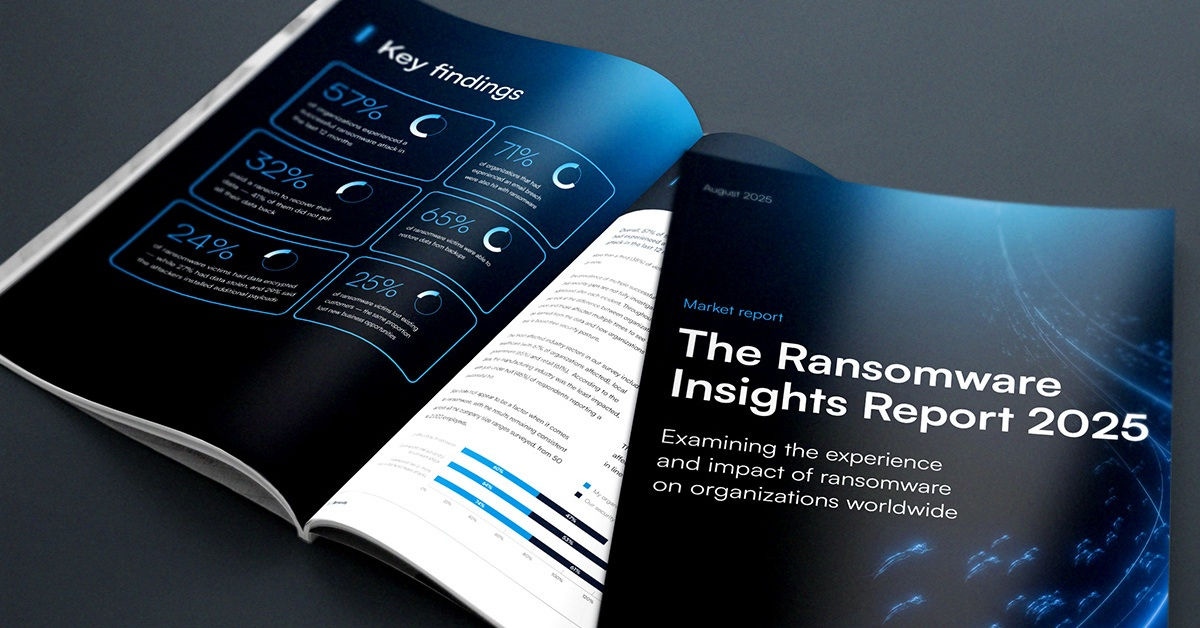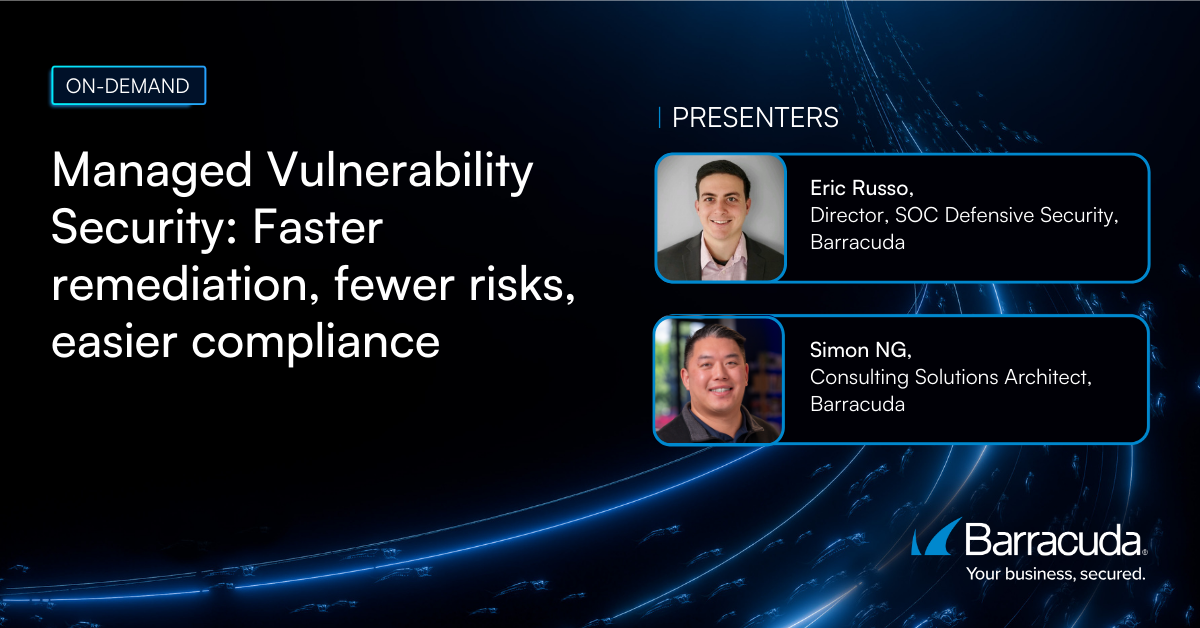
The language of data privacy: DLP v DLP
Data Loss Prevention (DLP) and Data Leak Protection (DLP) ensure that sensitive information stays safe and secure. But what exactly do these terms mean, and how can they benefit your organization?
Data loss refers to the destruction, deletion, or corruption of data, making it unreadable and unusable. The loss can be caused by cyberattacks, data corruption, human error, natural disasters … the list goes on and on. This is why Data Loss Prevention is a significant piece of a business continuity plan. DLP is a comprehensive set of strategies and tools that secure your data from active threats and safeguard it from other potential damage or destruction.
A data leak occurs when sensitive data is unintentionally exposed to unauthorized individuals. These leaks often result from internal issues such as poor security practices or outdated systems. To prevent data leaks, you need Data Leak Protection. It focuses on stopping sensitive data from flowing out of your organization to any unauthorized third party.
To make things easier, here's a breakdown of the key differences between Data Loss Prevention and Data Leak Protection:
Data Loss Prevention:
- Focuses on preventing the unintended loss or exposure of sensitive data.
- Addresses both internal and external threats.
- Concerned with data in motion, at rest, and in use.
- Ensures data availability and integrity.
Data Leak Protection:
- Primarily concerned with preventing unauthorized data transfer, exposure, or breach.
- Addresses external threats but also includes internal malicious or negligent behaviors.
- Emphasizes data in motion, though it could also involve data at rest.
- Maintains data confidentiality.
To effectively implement data loss and data leak solutions, you'll need a combination of features, mechanisms, and strategic policies that integrate tightly with other solutions in the network. Content discovery, encryption, access control, and incident response are some of the capabilities and policies you will want to leverage in the strongest possible configurations. Network-based, storage-based, and endpoint-based solutions should be deployed to monitor data in transit, at rest, and in use.
To get started, here are some tips for each domain:
Data Loss Prevention:
- Regularly maintain and test data backups for quick restoration in case of loss
- Protect hardware from power surges and overheating with proper controls.
- Encrypt data and establish remote wipe procedures for device theft protection.
- Deploy patches and mitigations to address known vulnerabilities.
- Invest in full-featured Data Loss Prevention solutions.
Data Leak Protection:
- Implement the principle of least privilege to limit access to sensitive data.
- Build a secure architecture with secure devices and protocols.
- Train employees on data security best practices and educate them on potential threats.
- Regularly audit and update security practices to stay effective.
- Deploy Data Leak Prevention solutions like Zero Trust Access and policy enforcement tools.
If you’re discussing data protection with a vendor or customer, it’s helpful to ensure a shared understanding of the terms and what they cover. There is a significant overlap between the two, and sometimes people use 'DLP' to refer to both solutions as one. The important thing is that you deploy comprehensive protection in case of inadvertent loss and deliberate or accidental leaks.
Barracuda solutions defend your data from leakage, loss, and breach. Visit our website to see how we can secure your data today.

The Ransomware Insights Report 2025
Risultati chiave sull'esperienza e l'impatto del ransomware sulle organizzazioni a livello mondiale
Iscriviti al blog di Barracuda.
Iscriviti per ricevere i Threat Spotlight, commenti del settore e altro ancora.

Sicurezza della vulnerabilità gestita: correzione più rapida, meno rischi, conformità più semplice
Scopri quanto può essere facile individuare le vulnerabilità che i criminali informatici vogliono sfruttare





